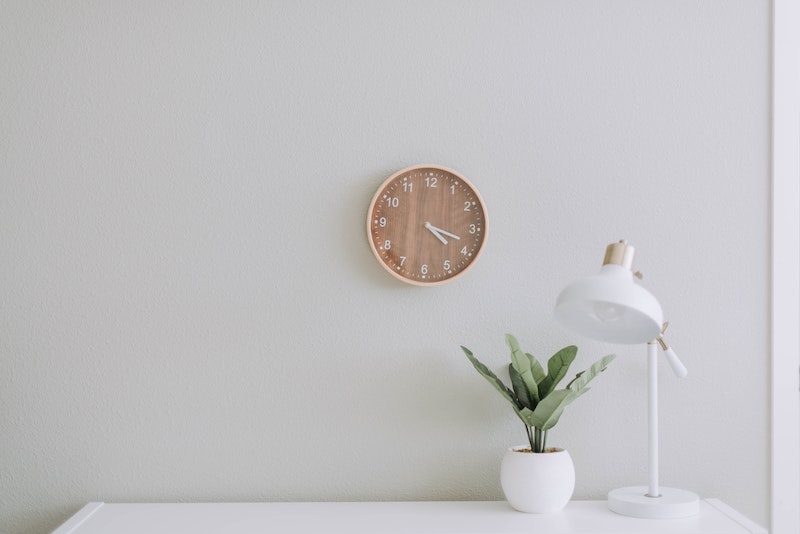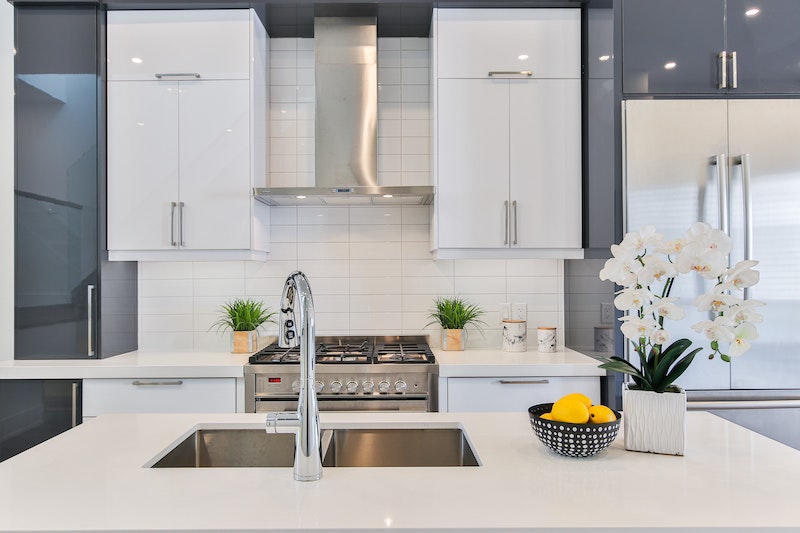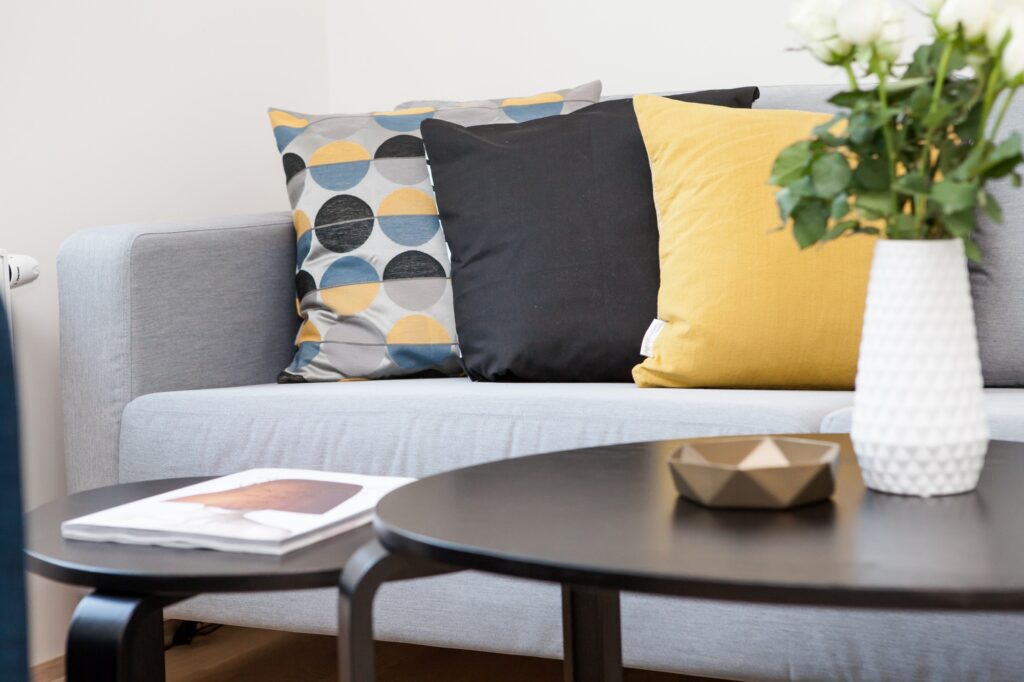
The goal of minimalism is to live simply by owning less and not having unnecessary expenses — debt included. The focus is shifted from owning physical items to having and creating experiences. While this looks different for everyone, the result is typically the same: greater peace.
There are so many benefits to minimalist living including alleviating depression, increased energy and focus, and reducing overwhelm and mental load. This is because the clutter around your space can start to clutter your mind as well.
A report from Princeton University stated that everything in your field of vision competes for attention from your brain. If you have to work extra hard to focus on one thing, you’re left exhausted. When there is less competition for attention, your brain can better focus on the task at hand.
With so much talk about minimalism and its benefits, it can be hard not to want to take a step down that road. And while getting started can be difficult, knowing specific things you can do makes the process less daunting. To get you started, check out a few of these minimalist living tips.

1. Clear Your Surfaces
A quick way to make your home feel more minimal is to rid surfaces of knick-knacks and other clutter. We’re all guilty of collecting random items at times, but removing them from surfaces like kitchen counters, coffee tables, and nightstands can help make your home feel clean, simple and less cluttered.
2. Get Rid of Anything Unnecessary
Getting rid of anything that isn’t serving a purpose will lead you to a more minimalist lifestyle. This can be difficult at times, especially for those items with some form of sentimental value. Ask yourself these questions when deciding whether to get rid of something:
- Is it serving a purpose?
- Do I have duplicates of this item?
- Does it bring me joy?
- Does it tug at my heartstrings?
Some people hold more sentiment to things than others. Having a friend or loved one there to support you as you make these decisions can prevent you from holding on to items you don’t need, thus halting your progress. Also, adding a decluttering checklist can help you make your decisions as well.

3. Use Out-of-Sight Storage
Even after decluttering, you’ll still have items left that aren’t necessary to keep on display. Closet bins and under-bed drawers can be a life-saver when you have items you don’t want to see go but don’t have a convenient place to store them. Keeping these storage units out of sight will leave your space looking simple and fresh.
4. Incorporate Simple Decor
Choosing decorations can be difficult, especially if you’re unsure what style you like. With minimalist living, this becomes much easier. Stick to a few pictures hung on the wall — consider going frameless to complement your minimalist style — and maybe a few plants to add life to your space.

5. Use a Neutral Color Palette
Stick to a color palette that is simple and mostly neutral so you can achieve that coordinated and clean look that is associated with minimalism. Colors like white or grey are great options for walls as they complement added colors in your decor without clashing. When adding colors, avoid bright colors like red or orange and stick with cool tones like blue and green.
Creating a minimalist living space can provide a calm, peaceful environment to come home to or work in. For more ways to create a minimalist living space, check out this guide from TurboTenant so you can achieve the clutterless lifestyle you’ve been looking for.





Leave a reply